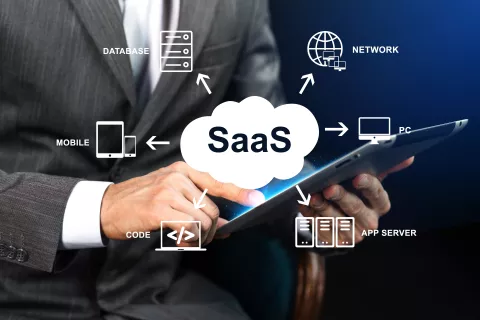1. Centralized Workspace for All Projects
Instead of juggling Google Docs, email threads, and Slack messages, freelancers can manage every aspect of their work in one place.
With an editorial SaaS platform, freelancers can:
- Draft, edit, and share stories directly within the platform.
- Keep track of multiple client projects, deadlines, and revisions.
- Access version history and comments without endless document chaos.
“Before, I had 10 tabs open just to manage one client. Now, everything — briefs, edits, approvals — happens in one dashboard.”
— Freelance Journalist, Berlin
2. Streamlined Collaboration with Clients
Communication breakdowns can delay payments and frustrate both freelancers and editors. SaaS platforms simplify collaboration by offering real-time commenting, role-based access, and approval workflows.
Clients can review, suggest edits, and approve directly in the platform — eliminating confusing email chains.
Result: Fewer miscommunications, faster feedback, and more professional client relationships.
3. Faster Publishing and Multi-Channel Distribution
For freelancers managing their own blogs, newsletters, or brand partnerships, SaaS tools automate publishing across multiple channels — websites, social media, or newsletters — without manual formatting.
This saves hours and ensures consistent presentation, even for freelancers handling diverse audiences or languages.
4. Data-Driven Insights for Better Pitches
Many editorial SaaS platforms integrate analytics dashboards that track engagement and performance. Freelancers can see how their content performs — which topics, headlines, or formats attract the most attention — and use that data to:
- Refine future pitches.
- Negotiate higher rates.
- Demonstrate ROI to clients.
“Seeing which of my articles get the most traction helps me pitch smarter — I know exactly what editors want.”
— Content Writer, UK
5. Simplified File Management and Archiving
Freelancers often revisit past projects for portfolio updates or repurposing. With centralized content storage and tagging, they can quickly retrieve work samples or reuse templates — no more lost files buried in email attachments.
6. Automated Admin and Payment Tracking
Some editorial SaaS solutions integrate with invoicing and project management tools, helping freelancers track deliverables, approvals, and payments in one place.
- Auto-generated invoices upon approval.
- Status dashboards showing completed vs. pending work.
- Integration with accounting software for tax season.
This automation means more time writing — and less time chasing invoices.
7. Professionalism and Scalability
Using an editorial SaaS platform signals professionalism. It shows clients that the freelancer values process, organization, and data — qualities that build long-term trust.
Moreover, these platforms allow freelancers to scale their workload, managing multiple clients or even building small teams without chaos.
Conclusion: Freedom with Structure
Editorial SaaS platforms don’t take away the freedom that draws people to freelancing — they enhance it. By centralizing tools, automating repetitive tasks, and offering analytics-driven insights, freelancers can focus on creativity and client value rather than admin.
In short:
📈 More productivity.
💬 Better collaboration.
💸 Stronger business outcomes.
Freelancers who embrace these platforms are no longer just contributors — they’re running their own agile media operations.



